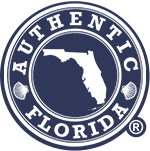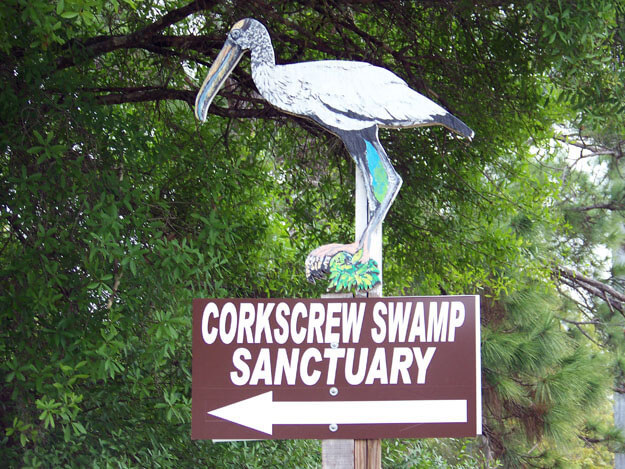Last Updated on November 18, 2022
The Corkscrew Swamp possesses so much natural beauty, it’s difficult to describe it in one thought. Primeval? Tranquil sanctum? Birding haven? Whatever you choose to label it, the 14,000 acres, five native habitats, and abundant wildlife, under the care of the Blair Audubon Center, will add one more treasure to your list of Florida outdoor adventures.

Named after a nearby crooked river, the Corkscrew Swamp is located in southwest Florida, northeast of Naples. Originally established to protect one of the last remaining stands of bald cypress in North America, it also serves as a critical sanctuary and nesting area for threatened birds and wildlife.
The fascinating history dates back to the late 1800s when it was fashionable for women to wear hats with large feather plumes. To satisfy the insatiable consumer demand, game hunters ventured deep into Florida’s frontier – the Everglades, Ten Thousand Islands, and the Big Cypress Swamp killing thousands of beautiful prized birds while decimating huge nesting colonies. Luckily, public outcry and later, the National Audubon Society, stepped in providing the needed support and protection for the sanctuary.

To begin your journey, the Blair Audubon Center provides interpretive displays and posts of daily wildlife sightings. Additionally, the Audubon volunteers, stationed along the pathway are very gracious and informative, pointing out the unique wildlife views throughout the journey. Walking along the two-mile boardwalk (or an alternate one-mile walk), there are numerous Florida habitats within the sanctuary: pine Flatwoods, wet prairie, pond cypress, lettuce lakes, and the bald cypress forest.
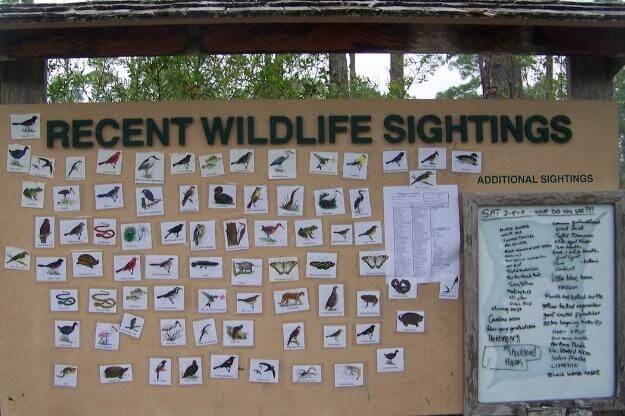
Following your visit to the Blair Audubon Center, the boardwalk begins in the piney Flatwoods where you’ll notice a variety of native Florida plants and trees – the southern slash pine, cabbage palm, and saw palmetto for starters.
Be on the lookout for Painted Buntings, Cardinals, Woodpeckers, and Red-Shouldered Hawks. There are plenty more species to identify, so be sure to bring your binoculars.

The pond cypress habitat is considered an ecotone – a transitional landscape between two areas – the pine Flatwoods/wet prairie and the bald cypress forest. Wildlife from these habitats intermingles in the pond cypress. Cypress knees grow up from the cypress tree roots, providing extra stability to maintain the tree’s existence through storms and hurricanes.

Entering a lower elevation, the wet prairie will greet you with marsh grasses, sedges, rushes, and cordgrass. You may see the familiar Great Egret, White Ibis, and Heron.
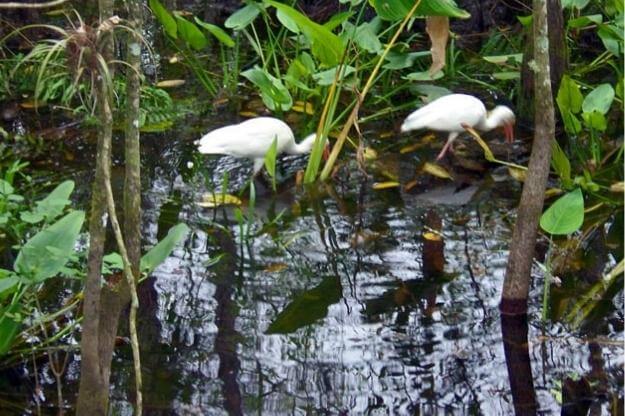
The bald cypress forest is home to the old-growth cypress trees – some are almost 600 years old and 130 feet tall, representing the virgin bald cypress. Look for Barred Owls, Wood Ducks, and Woodpeckers. Air plants and orchids abound.
The lettuce lake’s habitat was named appropriately. This floating vegetation serves as a cover for the abundance of fish, Florida red-bellied turtles, and alligators. Look for Black-crowned Herons, Anhingas, green tree frogs, and an abundance of special sightings in this area.
What is so striking along this hike is that each habitat possesses its own unique vegetation and wildlife, and all you have to do is follow the walkway as if you’re adding to your “bounty” with each step. All in all, our recommendation is to take your time, walk silently and enjoy the peace.
All forms of nature will greet the most patient observer at the Corkscrew Swamp.
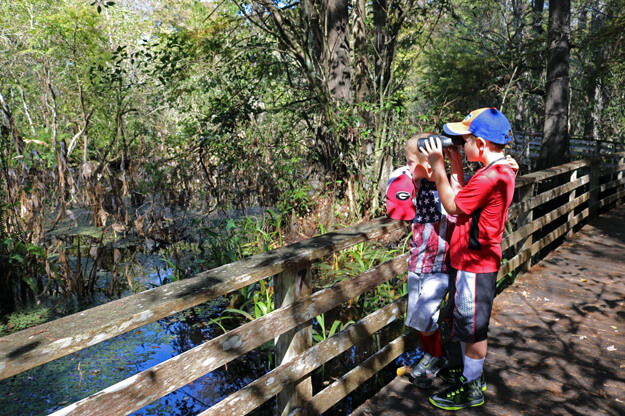
For more information:
Corkscrew Swamp Sanctuary
375 Sanctuary Road West
Naples, FL 34120
239.348.9151
To become a member of Friends of Corkscrew Swamp Sanctuary, click for tickets.
Here are a few other articles you may find of interest:
- Discover Nature-Inspired Celebratory Ideas for Your Mom
- Exploring the Extraordinary Florida Everglades
- 6 Must-Have Apps for Exploring Florida
- Looking for an Outdoor Getaway? Check Out These Road Trip Apps!
